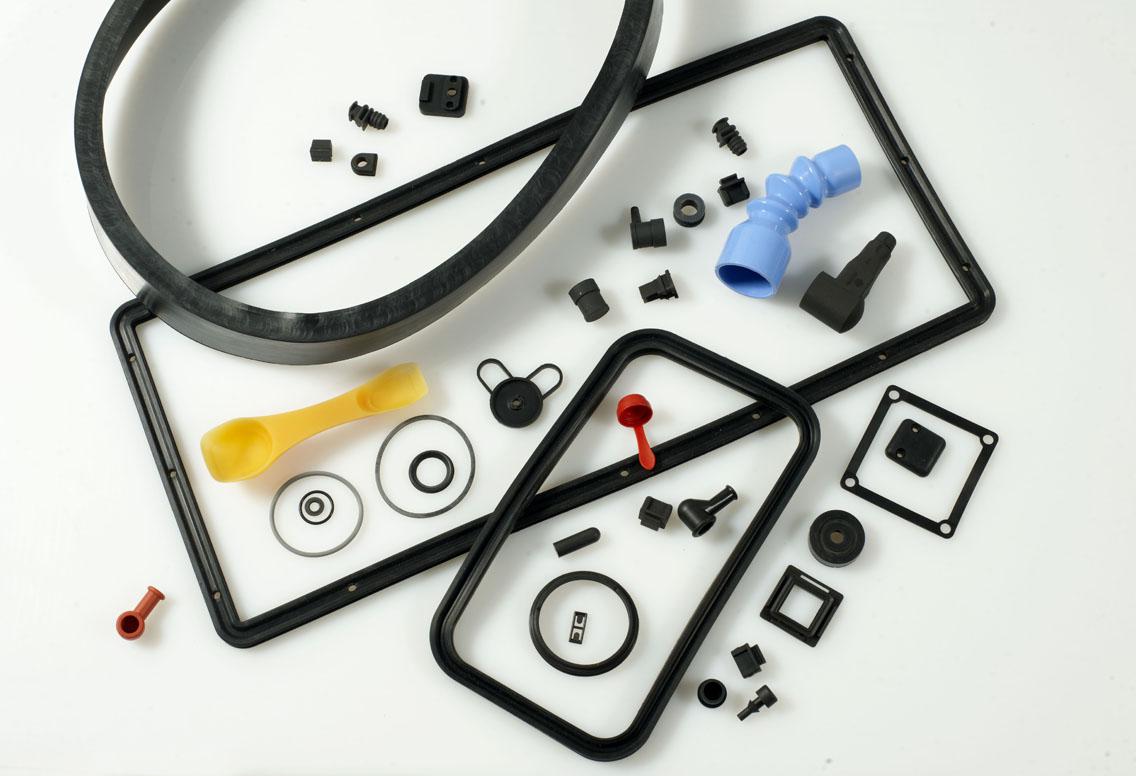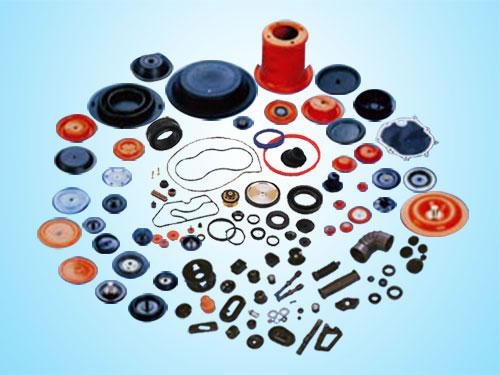![[sort:name]](/static/upload/image/20241224/1735007366367909.jpg)
1. Basic process flow of rubber products
The production process of rubber products made from general solid rubber (raw rubber) mainly includes: raw material preparation → plasticization → mixing → molding → vulcanization → finishing → inspection.

2. Preparation of raw materials for rubber products
The main materials for rubber products include raw rubber, compounding agents, fiber materials, and metal materials. Among them, raw rubber is the basic material; A compounding agent is an auxiliary material added to improve certain properties of rubber products; Fiber materials (cotton, linen, wool, various artificial fibers, synthetic fibers) and metal materials (steel wire, copper wire) are used as the skeleton materials for rubber products to enhance mechanical strength and limit product deformation.
During the preparation of raw materials, the ingredients must be accurately weighed according to the formula. In order to achieve uniform mixing of raw rubber and additives, certain materials need to be processed:
Raw glue should be dried in a 60-70 ℃ oven before being cut and broken into small pieces;
Block shaped additives such as paraffin, stearic acid, rosin, etc. need to be crushed;
If powdered additives contain mechanical impurities or coarse particles, they need to be screened and removed;
Liquid compounding agents (pine tar, Gumaron) require heating, melting, evaporating water, and filtering impurities;
The compounding agent needs to be dried, otherwise it is prone to clumping, cannot be evenly dispersed during mixing, and produces bubbles during vulcanization, which affects product quality;

3. Plasticization of rubber products
Raw rubber is elastic and lacks the necessary properties (plasticity) for processing, making it difficult to process. In order to improve its plasticity, it is necessary to plasticize the raw rubber; In this way, the compounding agent is easily evenly dispersed in the raw rubber during mixing; At the same time, it also helps to improve the permeability of the rubber material (penetrating into the fiber fabric) and the flowability during the rolling and forming process. The process of degrading long-chain molecules of raw rubber to form plasticity is called plasticization. There are two methods for plasticizing raw rubber: mechanical plasticizing and thermoplastic plasticizing. Mechanical plasticization is the process of degrading and shortening long-chain rubber molecules from a high elastic state to a plastic state through the mechanical extrusion and friction of a plasticizing machine at a relatively low temperature. Thermoplasticity is the process of injecting hot compressed air into raw rubber, which, under the action of heat and oxygen, degrades and shortens long-chain molecules, thereby obtaining plasticity.
TEL:13956251648 / 0562-6863868
Email:1350780210@qq.com
Address:Tongjing East Road, Yi'an District, Tongling City, Anhui Province
Copyright ? 2023-2024 Tongling Jinli Electronics Co., Ltd
sitemap
technical support:Chengguang Network

 scan
scan